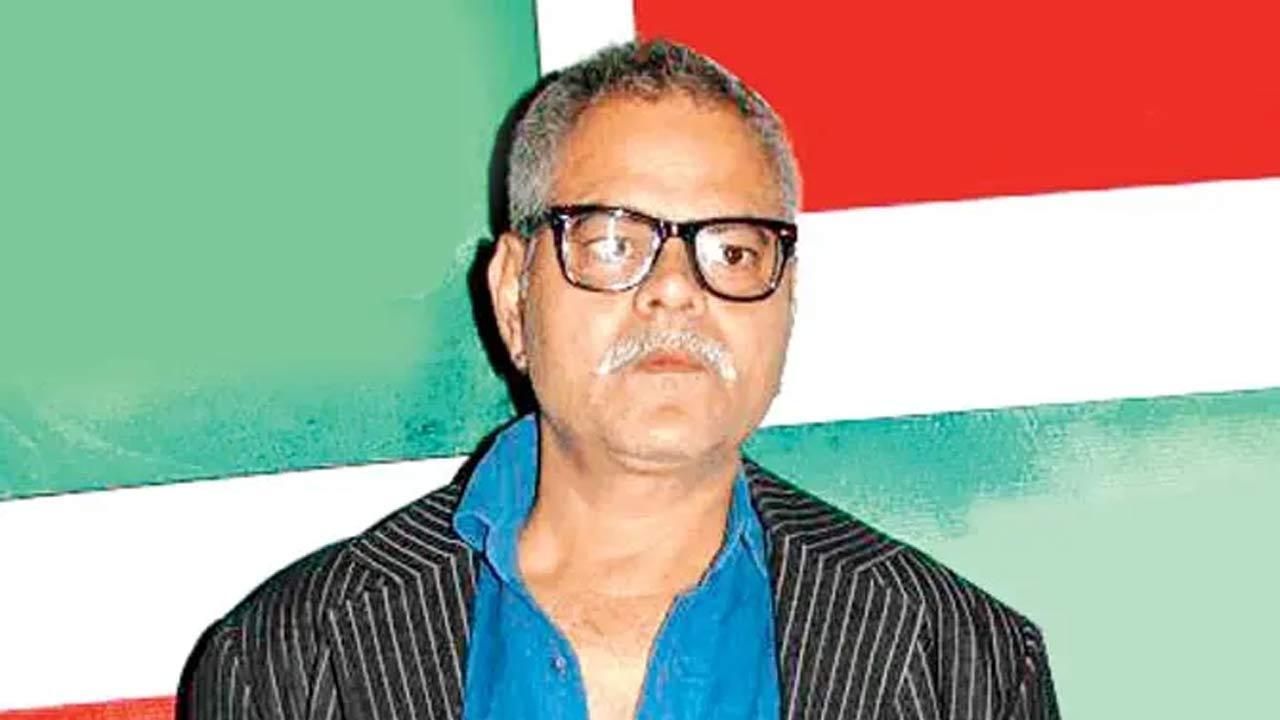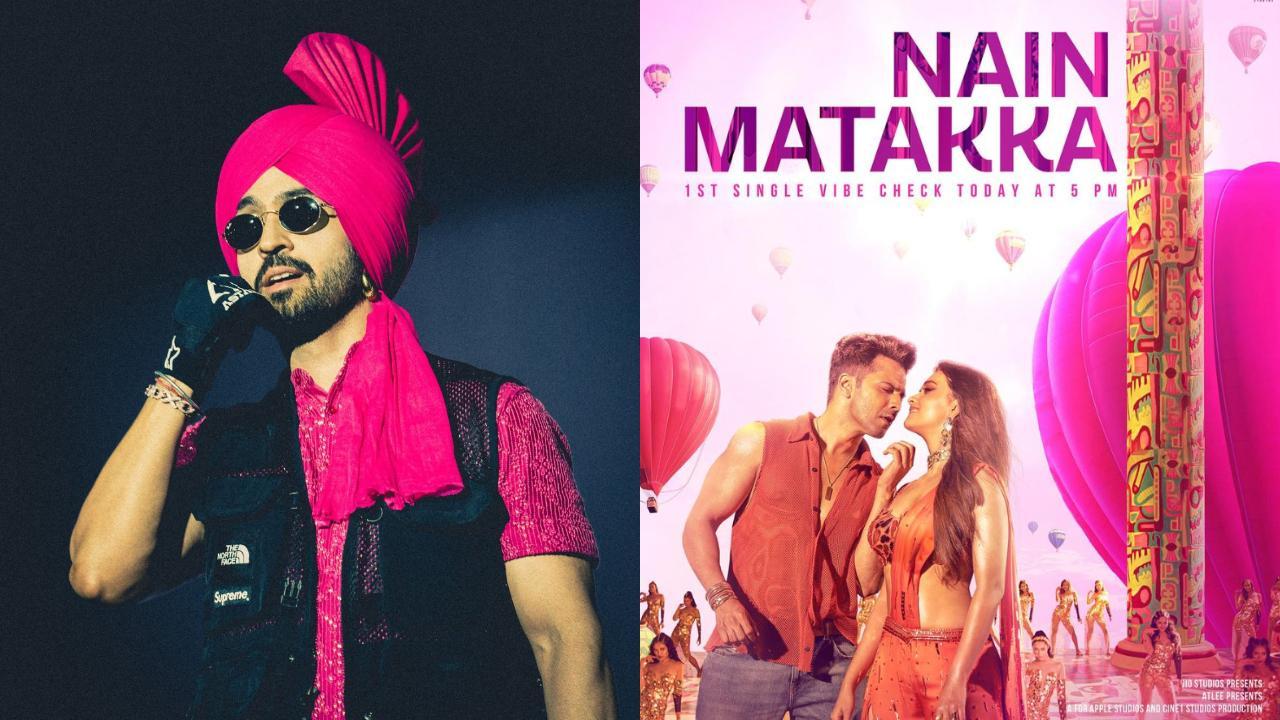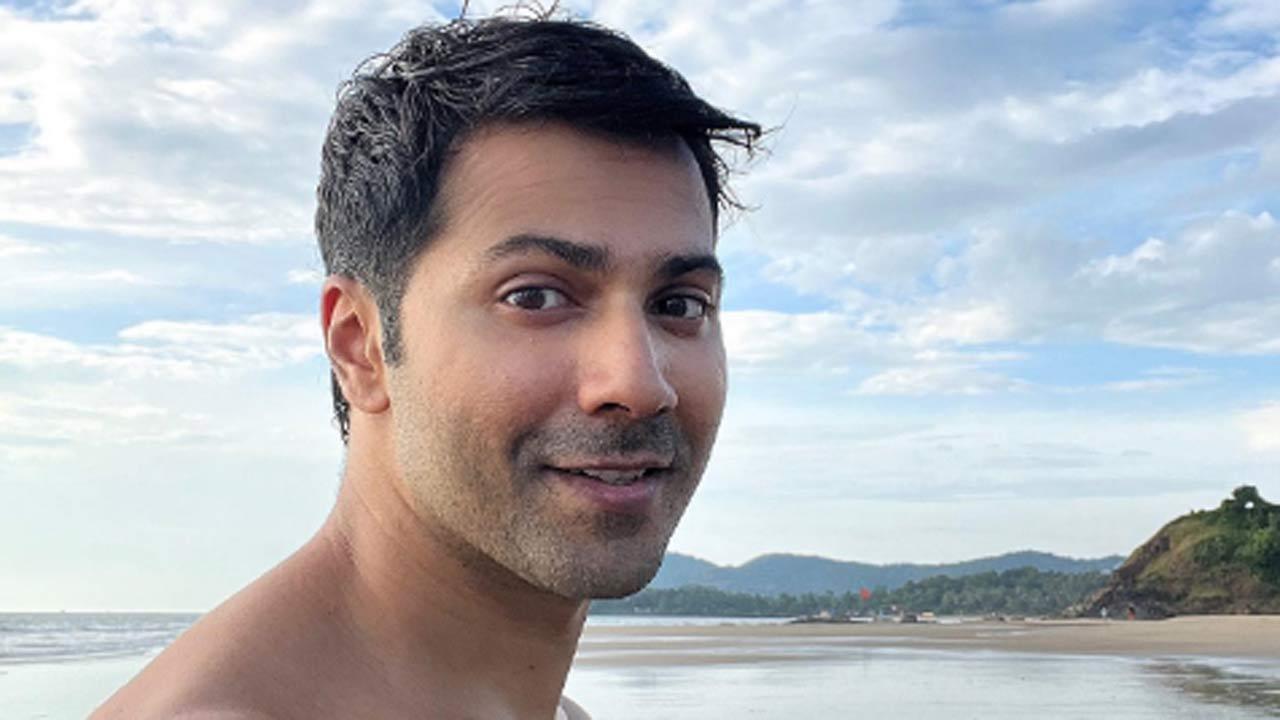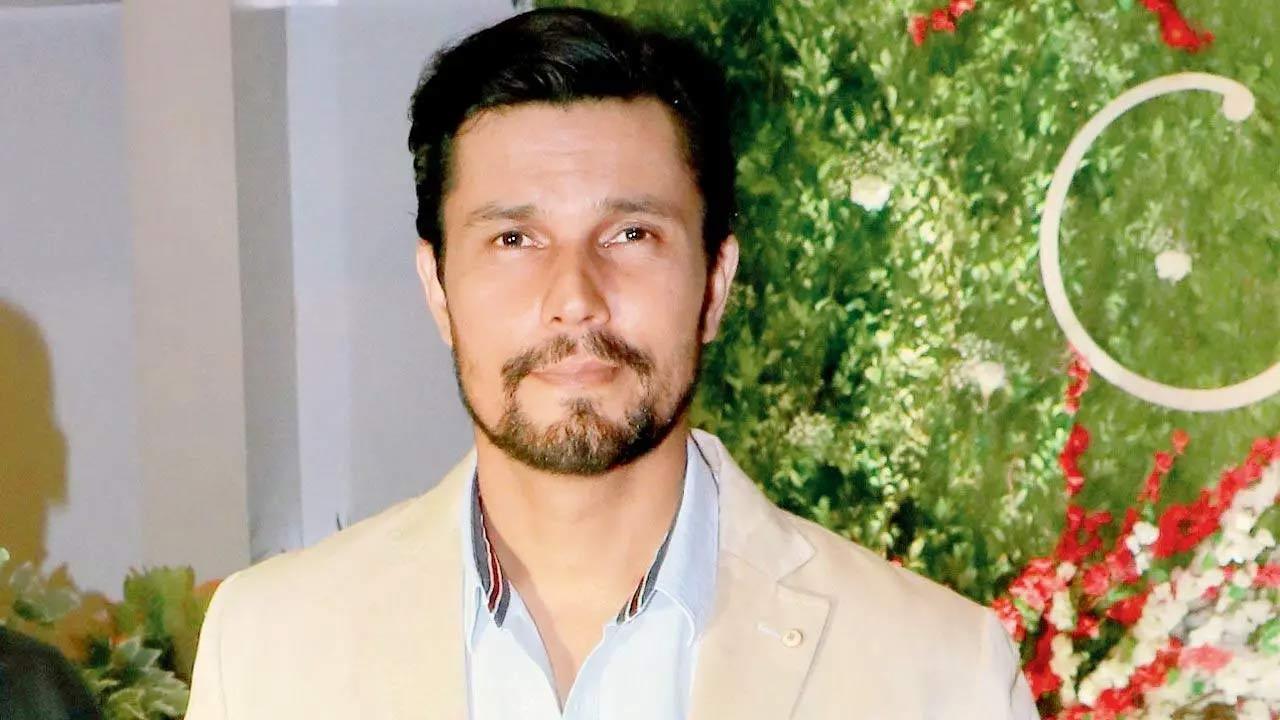This is not a paywall You can keep reading for free! At Hyperallergic , we strive to make art more inclusive, so you’ll never hit a paywall when reading our articles. But, as an independent publication, we rely on readers like you to keep our high-quality coverage free and accessible. Please consider joining us as a member to support independent journalism.
Already a member? Sign in here. Hyperallergic is turning 15! ..
. and we’re throwing a party in New York City that you won’t want to miss! Priority tickets are now available for members. Get the details.
We rely on readers like you to fund our journalism. If you value our coverage and want to support more of it, consider supporting us as a member. Join Us At the inaugural La Feria Latinx print media fair in New York City last weekend, I couldn’t always hear the artists speak — but that wasn’t necessarily a bad thing.
Selena’s “Amor Prohibido” blasted across one floor in a New York University (NYU) building on Manhattan’s Cooper Square, later followed by Shakira and Prince Royce’s duet “Deja Vu . ” The artists featured in those two songs alone span four countries: the Dominican Republic, Mexico, Colombia, and the United States. Organized by NYU’s Latinx Project, La Feria featured art, books, posters, stickers, and more by at least 30 artists, whose offerings were as richly varied as the fair’s playlist.
Subscribe to our newsletter Get the latest art news, reviews and opinions from Hyperallergic..


















